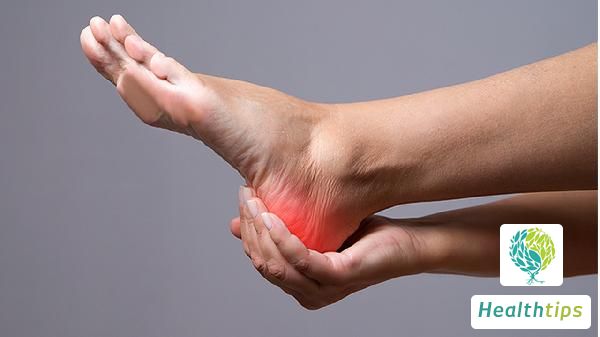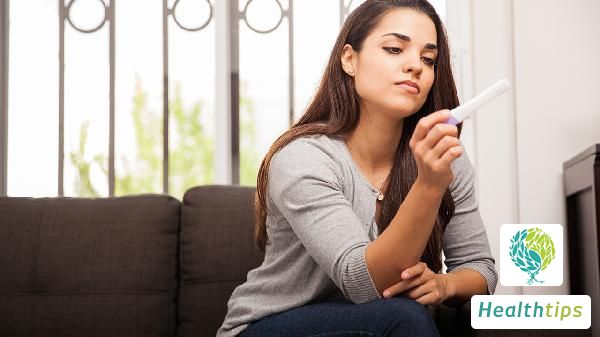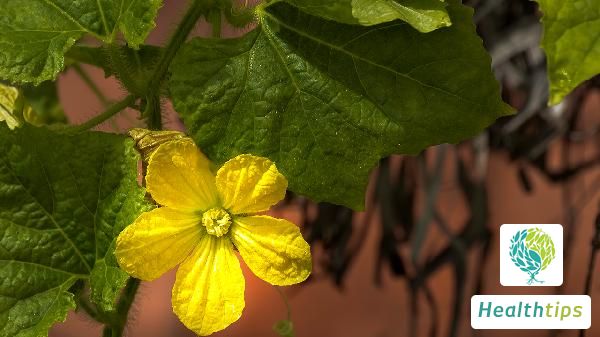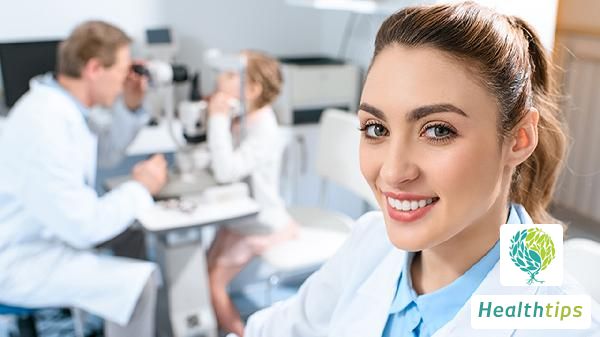How to Effectively Treat Thrombosed External Hemorrhoids for Quick Recovery?
Thrombosed external hemorrhoids can be relieved through medication, local care, and surgical treatment when necessary to alleviate symptoms as soon as possible. Timely treatment and proper care are crucial for accelerated recovery. Mild cases can usually be improved with topical medications and hot compresses, while severe cases may require minimally invasive surgery or other medical interventions.

1. Medication
In the early stages of thrombosed external hemorrhoids, the main focus is on pain relief, anti-inflammatory treatment, and promoting blood circulation. Commonly used medications include topical and oral drugs. For topical medications, hemorrhoid cream or suppositories can be selected, with ingredients such as lidocaine for pain relief, Cortex Phellodendri for anti-inflammatory effects, or heparin for anticoagulation and blood circulation promotion. Orally, drugs that improve venous return, such as diosmin derivatives, can be taken to help reduce swelling and discomfort. It is crucial to strictly follow the doctor's instructions during medication and not adjust the dosage without authorization.
2. Local Care
Local care is an important part of recovering from thrombosed external hemorrhoids. Sitting in warm water (baths) daily can relieve pain, promote local blood circulation, and aid in the absorption of blood stasis. Using warm water at approximately 40°C for 10-15 minutes each time can help reduce swelling caused by thrombosis. If swelling and pain are severe, potassium permanganate solution can be used for wet compresses as directed by a doctor. Keep the anus clean and dry, avoiding vigorous rubbing of the affected area to prevent irritation or worsening of symptoms.
3. Surgical Treatment
For patients with severe thrombosed external hemorrhoids or recurrent cases, surgical treatment may be the best option. Common minimally invasive treatments include external hemorrhoidectomy, radiofrequency ablation, or thrombectomy. These methods can effectively and rapidly remove blood clots, relieve swelling and severe pain, and typically have a shorter recovery time. However, the appropriate surgical method should be selected based on the condition and evaluated and performed by a professional doctor. Good post-operative care is required to promote wound healing and reduce the risk of recurrence.
4. Lifestyle Adjustments
Dietary and lifestyle adjustments should accompany treatment. Avoid prolonged sitting or standing, engage in moderate exercise to promote blood circulation. Consume foods rich in dietary fiber, such as vegetables, fruits, and whole grains, to prevent constipation and reduce irritation and aggravation of hemorrhoids due to straining during bowel movements. Meanwhile, reduce intake of spicy and stimulating foods and avoid alcohol consumption to decrease anal canal congestion. Thrombosed external hemorrhoids can be significantly relieved through medication and care in the early stages, but if symptoms are severe, it is recommended to seek medical attention promptly and choose an appropriate treatment method to reduce complications and recurrence risk. Daily life should also focus on improving bowel habits to reduce the incidence rate and safeguard health.



















